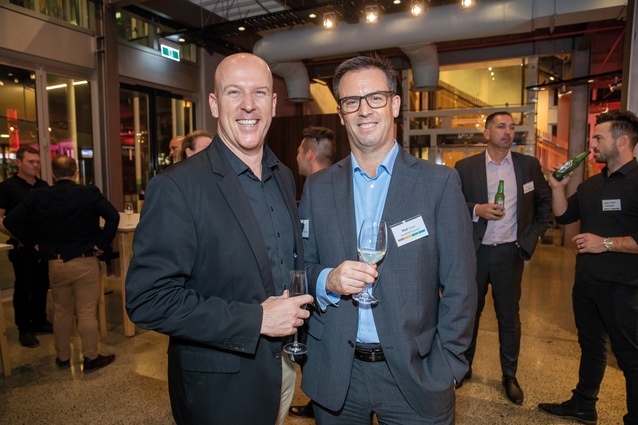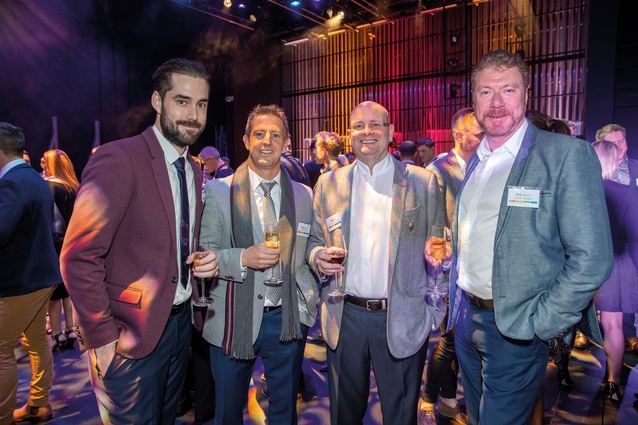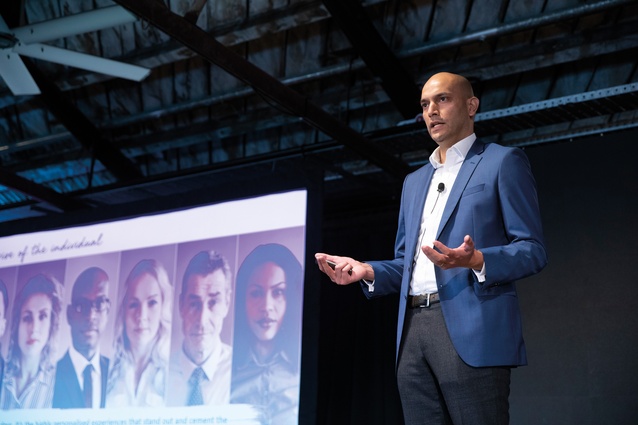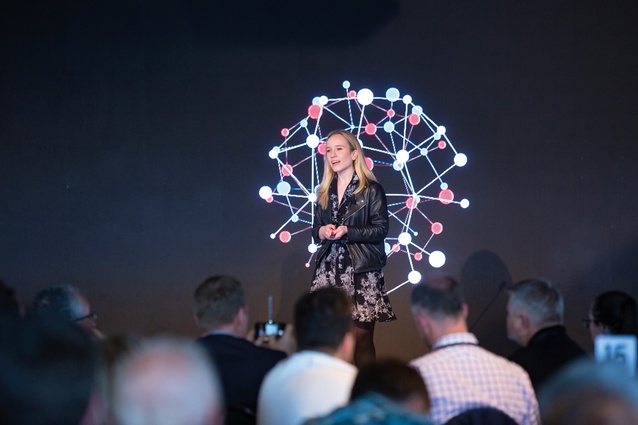Review: CoreNet – The Intuitive Place
The yearly pinnacle of the corporate real estate conference calendar took place in late May at Shed 10. This year’s CoreNet Symposium was titled The Intuitive Place and focused on creating responsive, human-centred spaces for people to experience. Topics ranged from artificial intelligence to big data to case studies of some of the most technologically advanced workplaces in the world. Here, we review some of the day’s highlights.
The power of personal experiences
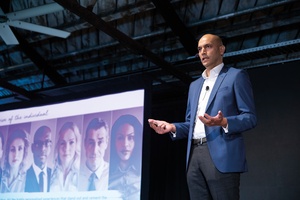
“Today, organisations are increasingly a collection of diverse individuals with diverse motivations, aspirations and skills.” So begins Dinesh Archarya, director of consulting for JLL, in his presentation on the need to customise and personalise interiors and workplaces. Archarya isn’t talking about redesigning desks to the personal tastes of tenants but the “delivery of tailored content across every touchpoint in the customer journey”, citing retail, hospitality and streaming services as leading industries in the delivery of personalised experiences.
He believes that, because workplaces are ecosystems, businesses “need to apply ecosystem-thinking in terms of how [they] bring together all of [a building’s] elements – the design, organisational culture, leadership, location, services and technology – to holistically curate experience.” To do so, he suggested breaking down one’s understanding of who employees are by leveraging technology. The ability to attain feedback, recall data and relate to staff members’ issues by way of digital touchpoints and platforms can, in his view, enable businesses to continually enhance their employees’ experiences, even as they change.
How do people eat lunch at WeWork?
Clair Rowell, a workplace anthropologist at New York-based WeWork, conducts social science research to inform workplace decision making. The advantages of applying an anthropological lens to design was at the heart of her discussion, which looked at how one can approach human-centred design and cater to foundational evolutionary needs in the workplace.

For her as for WeWork, fostering communities requires three tenets: humanising the workplace (supporting humans through a variety of things, such as technology and space), learning through a network (seeing what you can learn through the patterns in the ways that people use space) and creating design powered by insights and delivered through experience. These, she explained, can be supplemented with being mindful that humans have spheres of comfort, which vary across individuals and cultures; by maximising every square foot to allow people to make connections, thereby influencing propinquity; by making people feel psychologically safe in the workplace by being aware of prospect – the human need to be aware of who and what is around oneself – and refuge – the ability to hide when you need to and feel safe from behind; and by building a “muscle of familiarity”. These are “part of who we are as people,” she stressed, “not even necessarily as specific cultures but as humans in order to be satisfied and live a full life.”
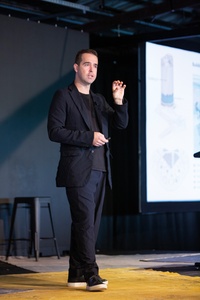
Technology-enabled design: enhancing the human experience
Simon Pole of Unispace let us glimpse into the future of workplace design by presenting the experience of designing oil and gas company Woodside’s new headquarters in Perth. Created as a secure, ultra high-tech campus, the workplace features integrated AI and three different levels of biometrics for security purposes, such as contactless fingerprint and vein scanners on entry and facial scanning in the central staircase, and is balanced with a dedicated “wifi not-spot”, half of a floor offering yoga classes, massages, napping areas and more.
It’s a workplace that, Pole explained, demonstrates the power of technology and how it can be utilised to best serve our health and well-being, from the use of a multilingual robot – called Rick – that can assist employees, to offering 60 different work settings in order to “break down traditional silos”. It is clear that what Pole terms as “future-proofing” can concurrently improve business performance and support people during their workplace experience.
Creating the intuitive place in New Zealand: How?
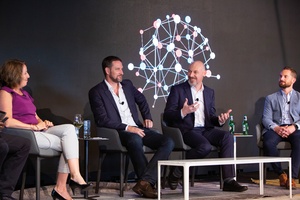
‘Simplexity’ was the word du jour during the panel discussion between Jo-Anne Mann of Serraview, Brendan Bruce of Haworth, Stephen Perkins of Beca Singapore and Gareth Brown of Vidak, and hosted by Ihemba Mbamba of CBRE. “You’ve got to be able to go in [an office] and it be seamless for an individual so that they can find what they’re looking for,” asserted Mann.
This idea of simple technologies that give back to users, other panelists tacitly agreed, need to be flexible in order to cater to the varied needs of said users. Customisable environments that also have hardware with some degree of flexibility to connect to new technological platforms were recognised as important in an era of continuous, rapid change and obsolescence.
Designing the workplace in the age of algorithms and machine learning
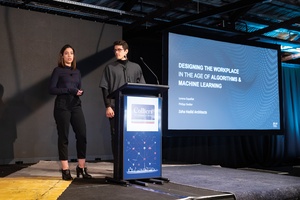
Philipp Siedler and Lorena Espaillat Bencosme spoke about their young research team at Zaha Hadid Architects – Analytics & Insights – that uses big data and computational design to optimise workplace design outcomes. They showed how, using algorithms they’ve created, designers could run through thousands of floor plate layouts within minutes and analyse which ones would be the best based on a number of outputs such as daylight, visibility and contact with colleagues.
The team’s research is only a few years old, so the effectiveness of the designs on employee satisfaction and productivity remains to be seen, but it is certainly a promising premise. The two young researchers boast impressive resumes, however they managed to engage the audience in their highly-technical research by providing real-world applications that could free-up designers to do more designing and less admin. Siedler offered comfort at the end of the talk by stating that their goal was not to erase the job of the designer, so that one never needed to draw a desk again, but to create a more efficient workflow.



